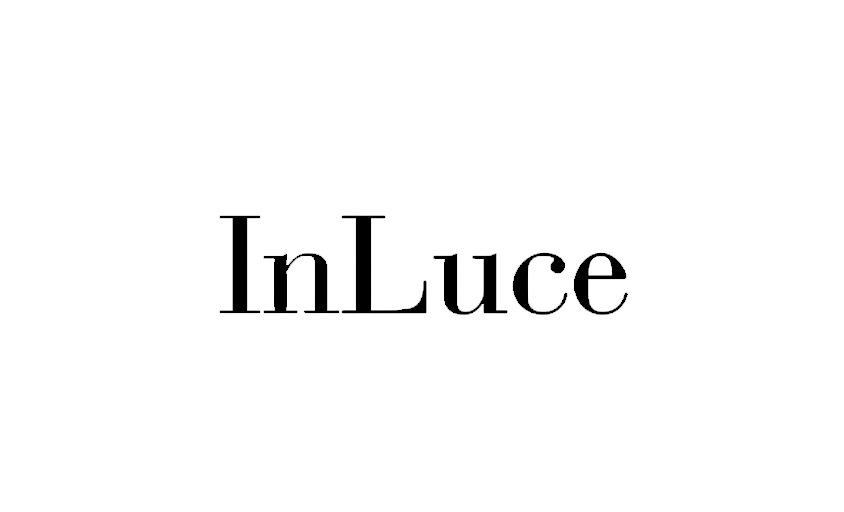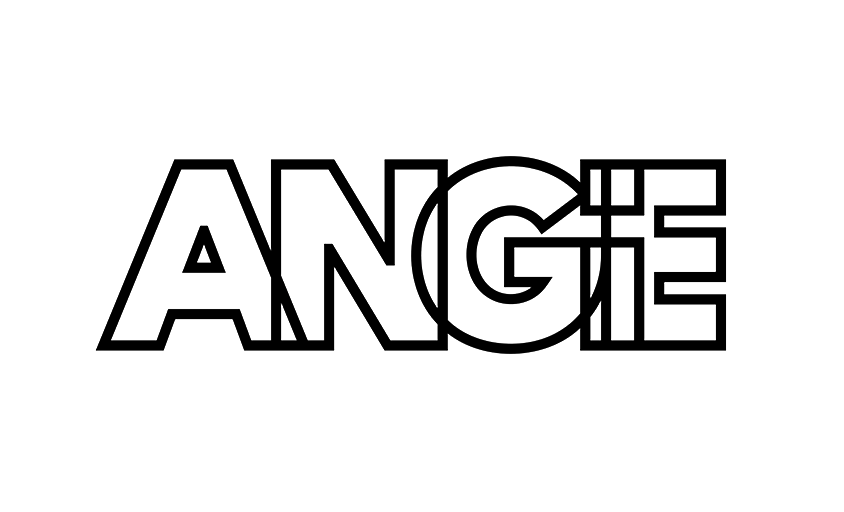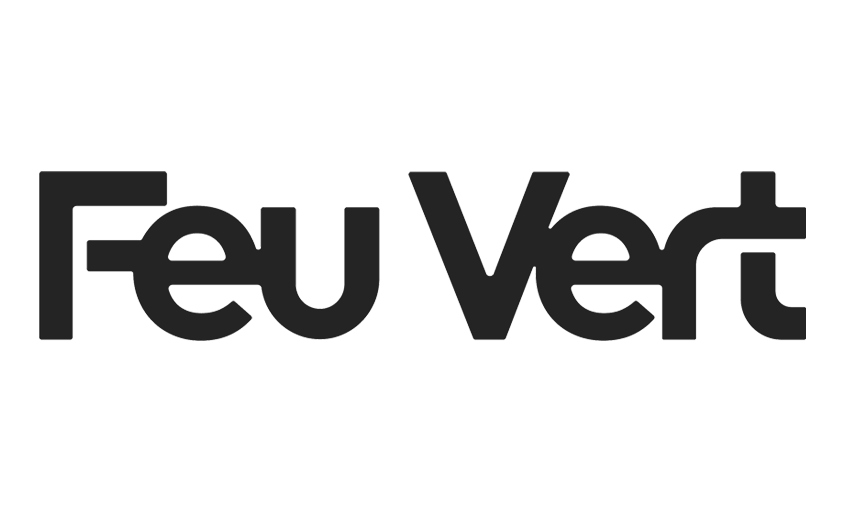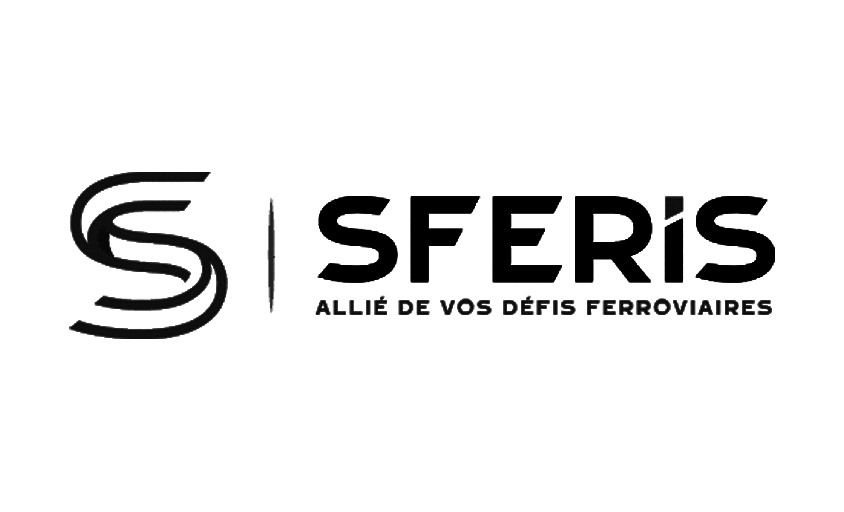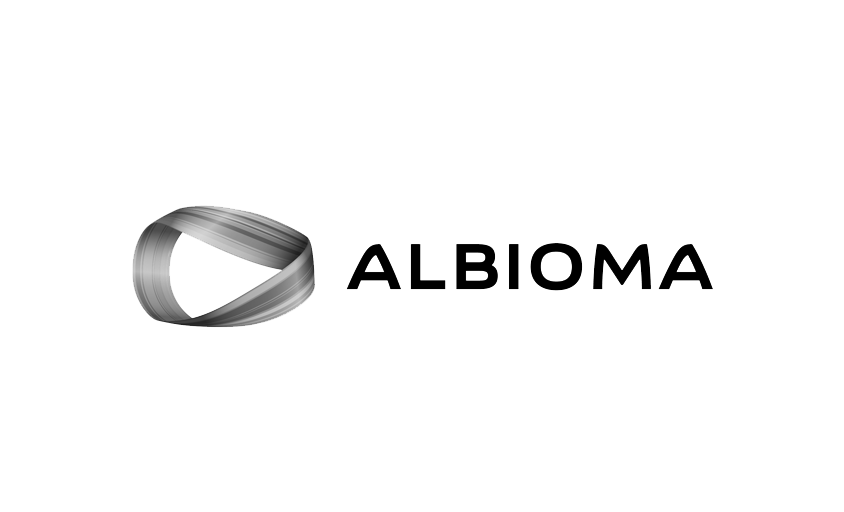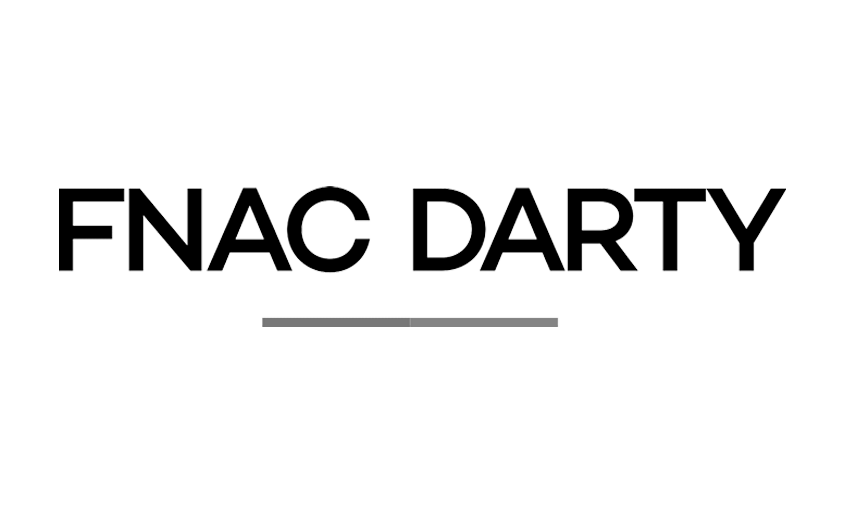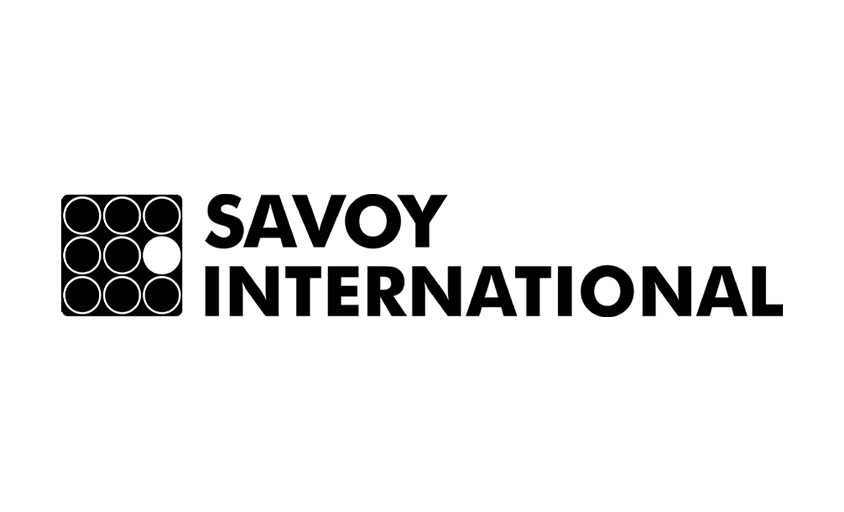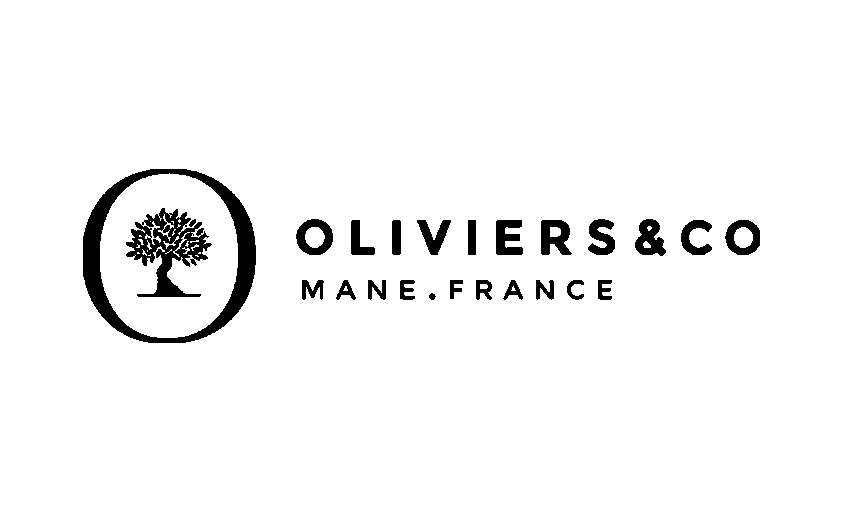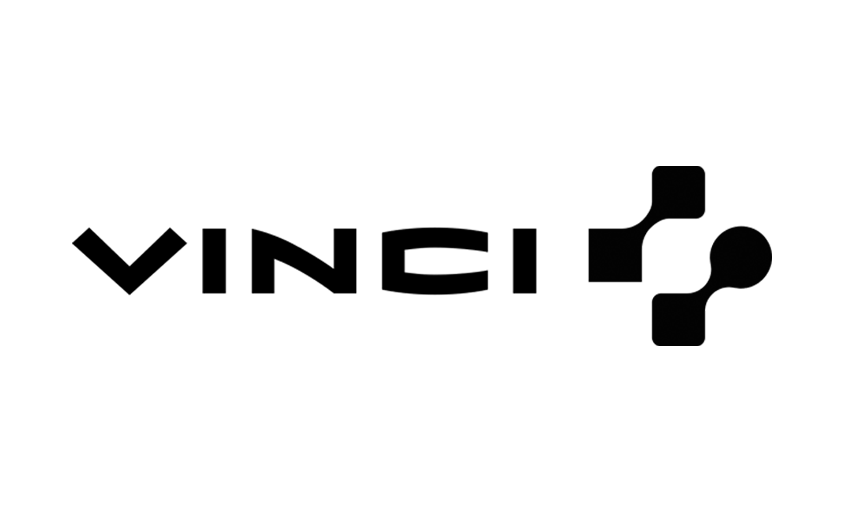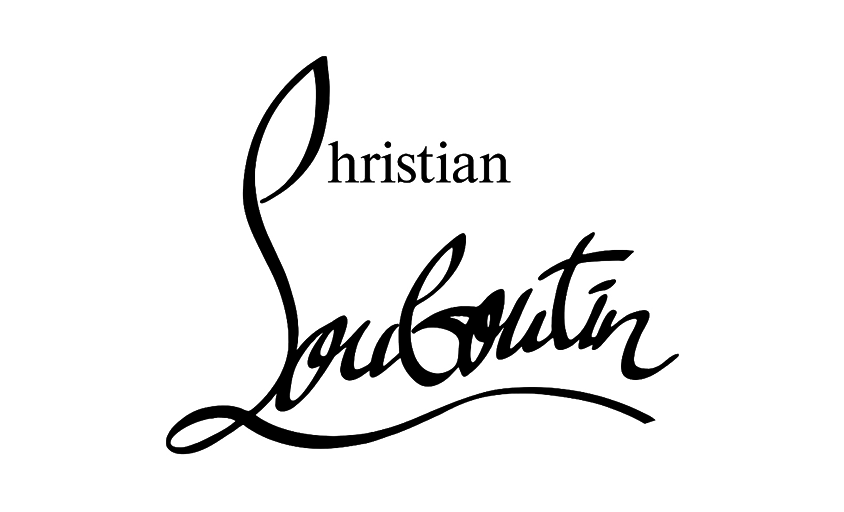Royer Law
In this article :
At the end of the 1960s, France discovered hypermarkets: unprecedented retail spaces that disrupted downtown businesses. In just five years, the number of these establishments exploded; small retailers became concerned, and local officials feared a commercial desert around traditional shopping streets. The government therefore sought to regulate the expansion of these large stores in order to:
- Protect the artisanal and local retail fabric;
- Preserve urban balance by preventing customer flow from shifting to the outskirts;
- Maintain local employment when a new opening threatens to weaken dozens of existing businesses.
It was in this context that the so-called “Royer” law was passed on December 27, 1973, marking the cornerstone of a regulatory framework still active in French commercial planning.
Key Points of the Royer Law
- Mandatory Prefectural Authorization
Any creation or extension of sales area ≥ 1,500 m² (or ≥ 1,000 m² in city centers) must obtain administrative approval before any work begins. - Establishment of Departmental Commercial Development Commissions (CDAC)
Members include: the prefect, regional and local elected officials, representatives of commerce, consumers, and employees.
They examine the impact on: employment, urban vitality, traffic, and the balance between types of commerce. - Deadlines and Appeal Procedures
A reasoned decision is expected within four months; refusals or approvals can be appealed before the National Commission (CNAC) and, if necessary, before the Council of State. - Sanctions
Opening without authorization: immediate administrative closure, fines, and potentially suspension of the building permit. - Monitoring Extensions
Any expansion that crosses the thresholds again must be reviewed by the commission; a business authorized for 1,400 m² that chooses to add 200 m² must therefore submit a new application.
In summary, the Royer law transforms commercial establishment into a controlled development project: it requires each large retail outlet to demonstrate its economic usefulness without harming the existing fabric, even before laying the first stone.
Legislative Developments: Raffarin → Dutreil → LME
[table id=14 /]In practice
The CDAC regime established by the Royer law remains, but thresholds and deadlines have been relaxed to encourage investment while maintaining territorial oversight.
Today, any area ≥ 300 m² still requires authorization; beyond 20,000 m², the State can take back control via the CNAC.
Conséquences pratiques pour les professionnels de l’image
Implantation d’un studio ou labo photo
- Surface de prise de vue + stockage + accueil client = vite > 300 m². Vous entrez alors dans le champ CDAC : dossier complet, étude d’impact trafic et emploi.
- Comptez 6 à 12 mois entre le dépôt et l’autorisation définitive ; anticipez ces délais dans votre business plan.
Pièces stratégiques du dossier
- Étude de flux : montrer que le studio génère des déplacements limités (RDV, B2B) et non un trafic continu de grande surface.
- Dossier visuel : plans d’implantation, vues 3D, intégration paysagère, un plus pour convaincre élus et riverains.
- Argument emploi qualifié : retoucheurs, assistants, logistique photo ; valorisez la création de postes techniques non délocalisables.
Agrandissement ou déménagement
- Passer de 250 à 400 m² déclenche une nouvelle demande d’autorisation ; prévoir un rétro-planning clair pour éviter la rupture d’activité.
Practical consequences for imaging professionals
Setting up a studio or photo lab
- Shooting area + storage + client reception = quickly > 300 m². You then fall under the CDAC scope: complete file, traffic and employment impact study.
- Expect 6 to 12 months between submission and final authorization; anticipate these delays in your business plan.
Strategic file components
- Flow study: demonstrate that the studio generates limited trips (appointments, B2B) and not continuous big-box traffic.
- Visual file: site plans, 3D views, landscape integration, a plus to convince officials and neighbors.
- Qualified employment argument: retouchers, assistants, photo logistics; emphasize the creation of non-relocatable technical positions.
Expansion or relocation
Increasing from 250 to 400 m² triggers a new authorization request; plan a clear retro-planning to avoid activity interruption.
Conclusion
The Royer Law remains a cornerstone in the history of commercial and advertising regulation in France. By establishing a legal framework for the establishment of large stores and laying the foundations for more ethical advertising, it marked a turning point in how commerce and commercial communication are perceived and regulated. For any advertiser and commercial actor in France, knowledge of this law and its evolutions is essential to navigate the complex regulatory landscape governing their activities.
Jérémy Carlo is the editorial director at Rétines, where he ensures the consistency and clarity of all content produced by the studio.
Our Clients
Let’s discuss
What we do for you at Rétines
Meticulous work, an organised project and fast delivery. And to achieve this, we mobilise the right resources in our teams at the right time.
01
Pre-production
Artistic and technical direction tailored to the project.
Relevant recommendations on content, form and resources.
02
Photo Shooting
Photos taken by our experienced photographers.
Production that’s controlled, efficient and tailored to the needs of the project, with nothing superfluous.
03
Retouching
Technique
Photographs magnified by our retouching team.
Post-production to meet the commercial challenges of the brief.

